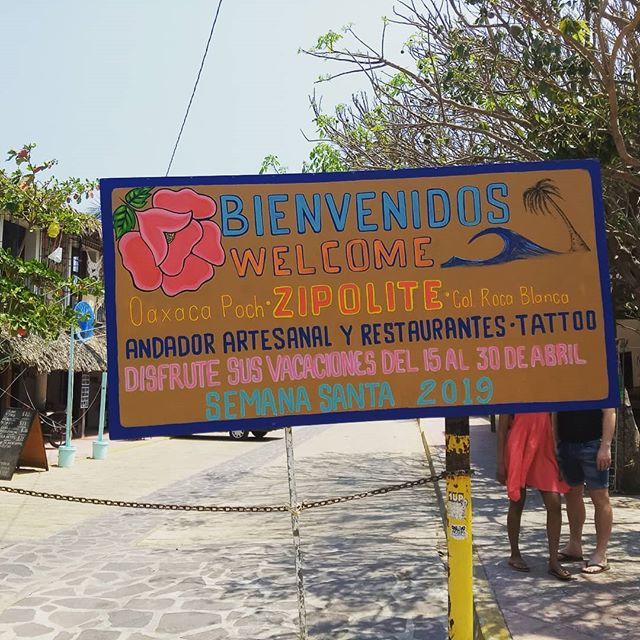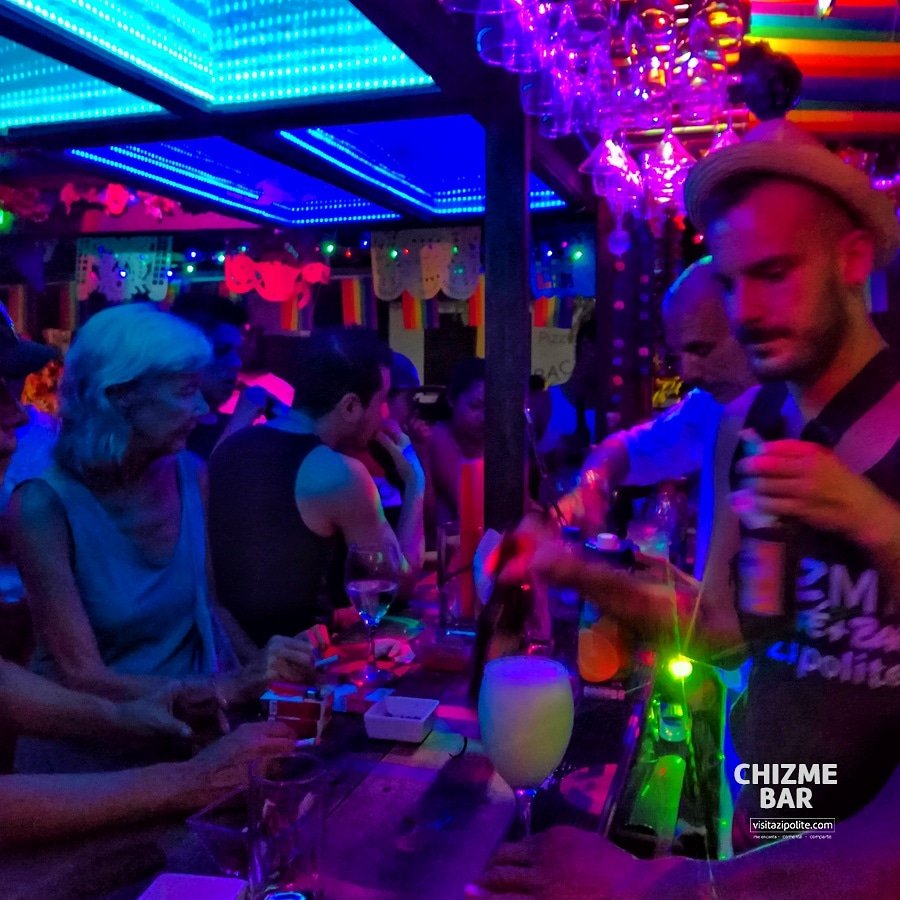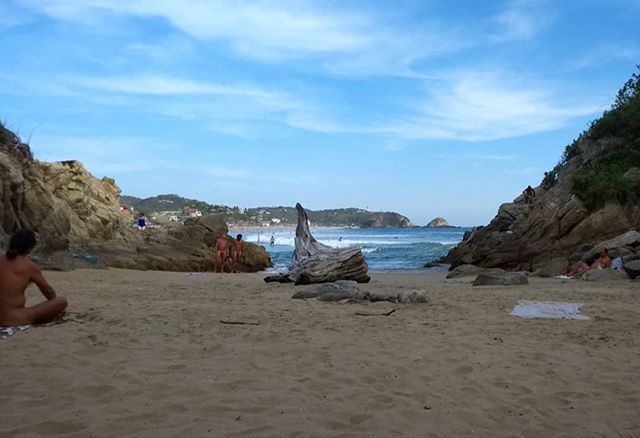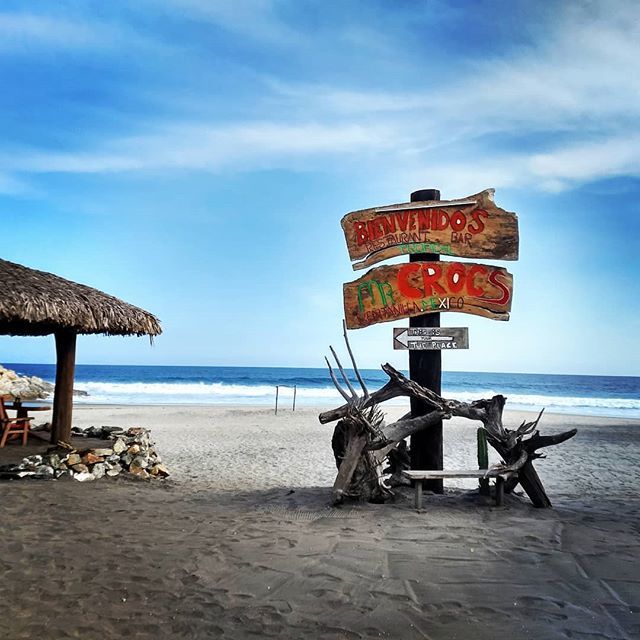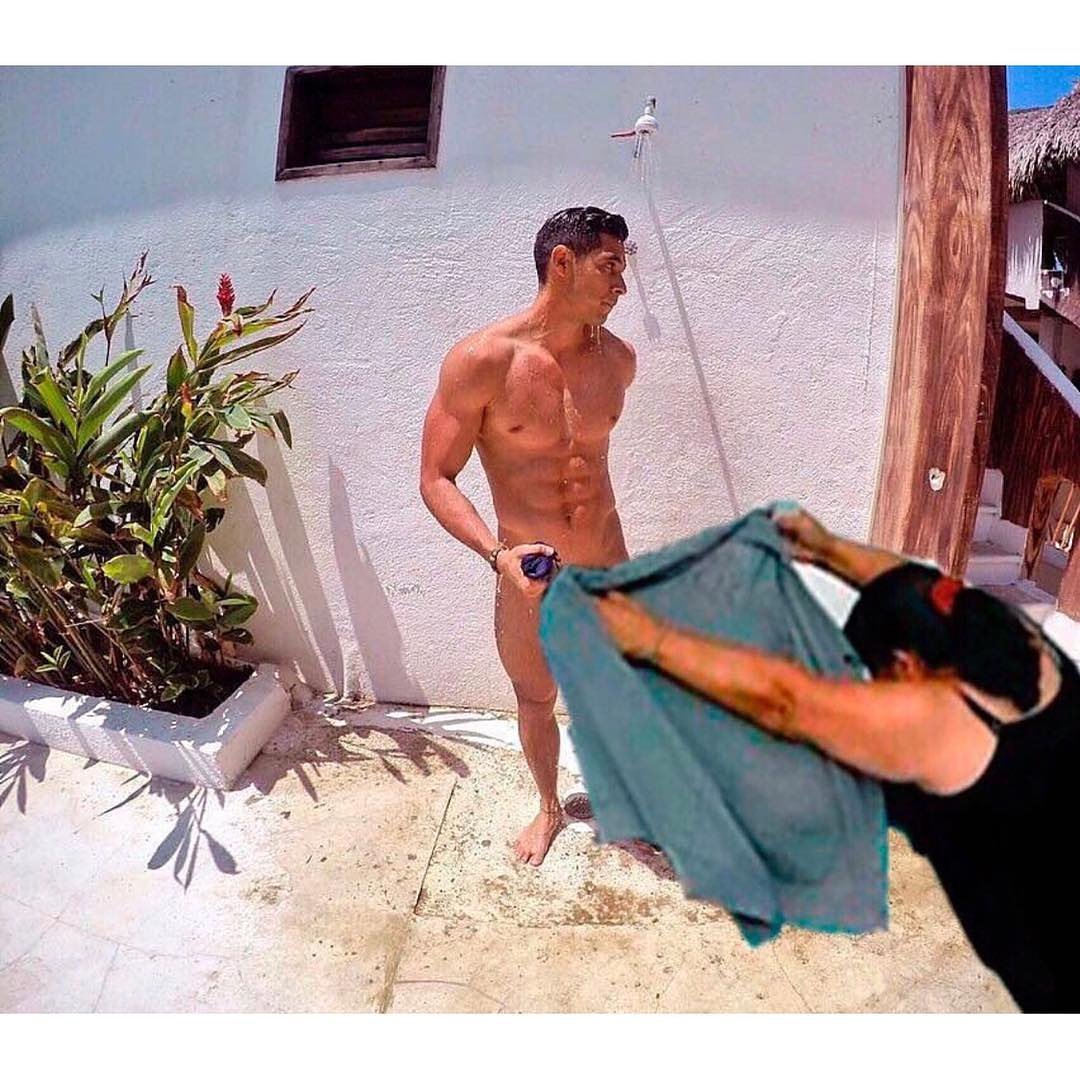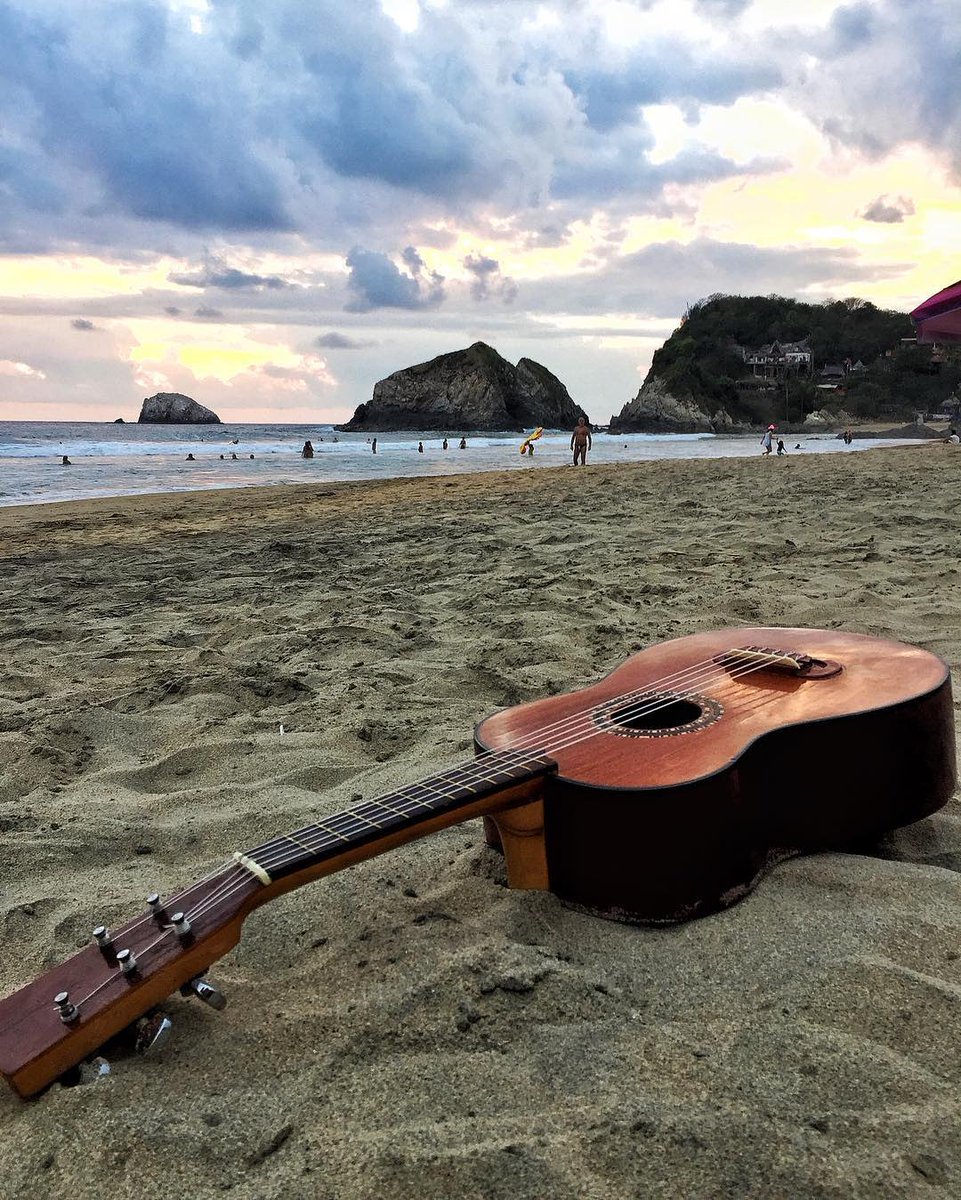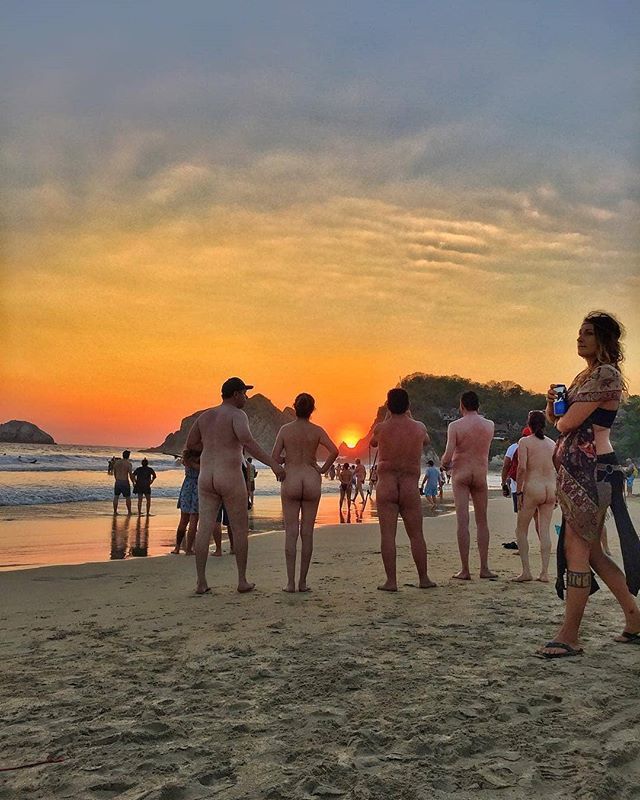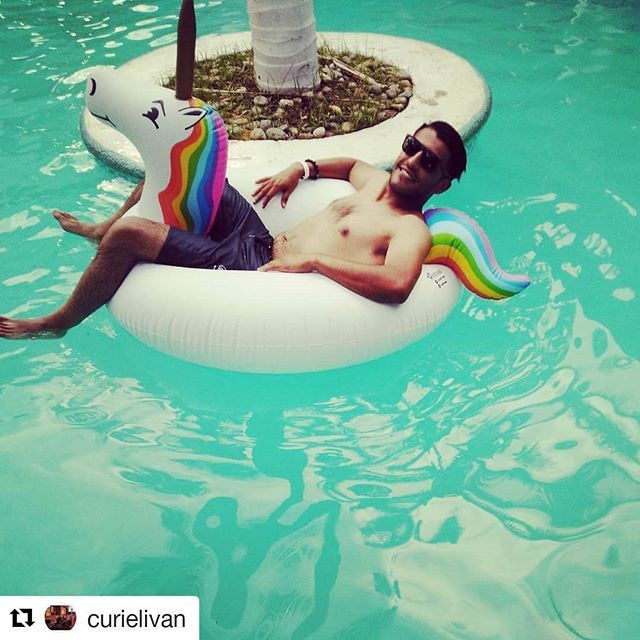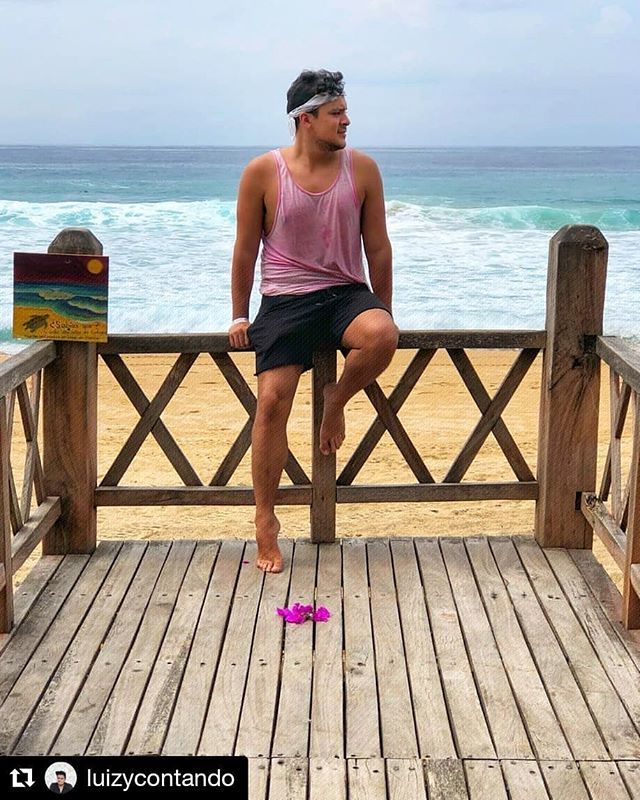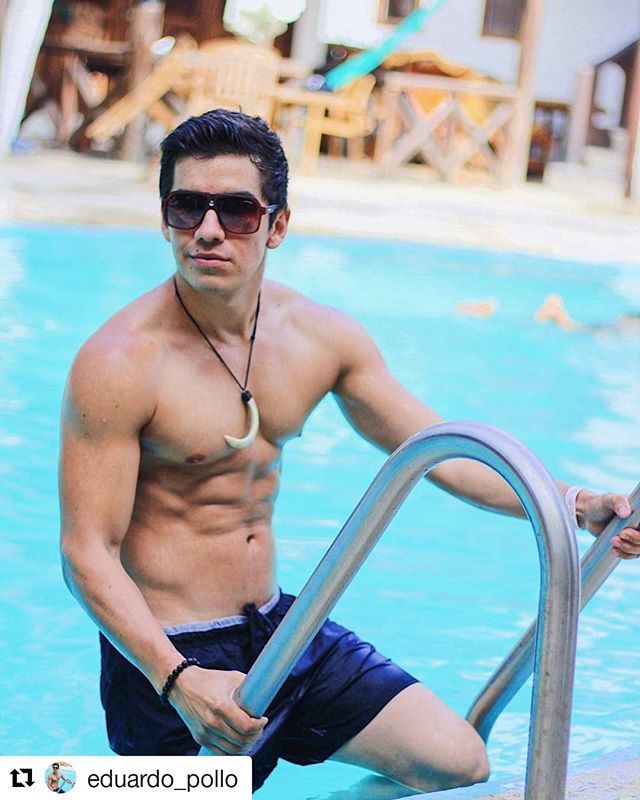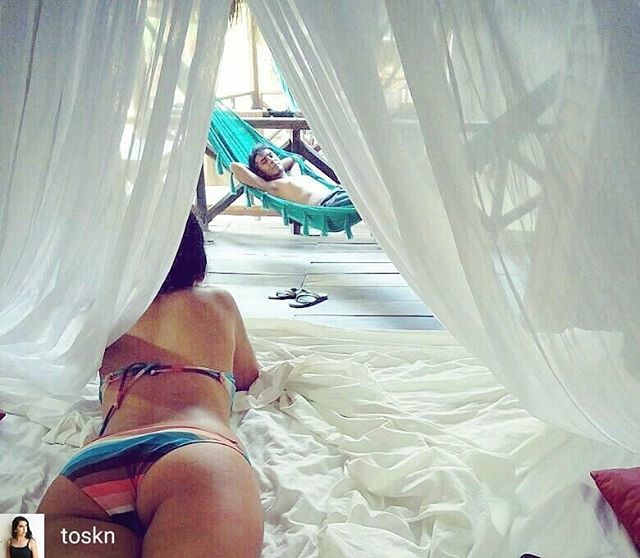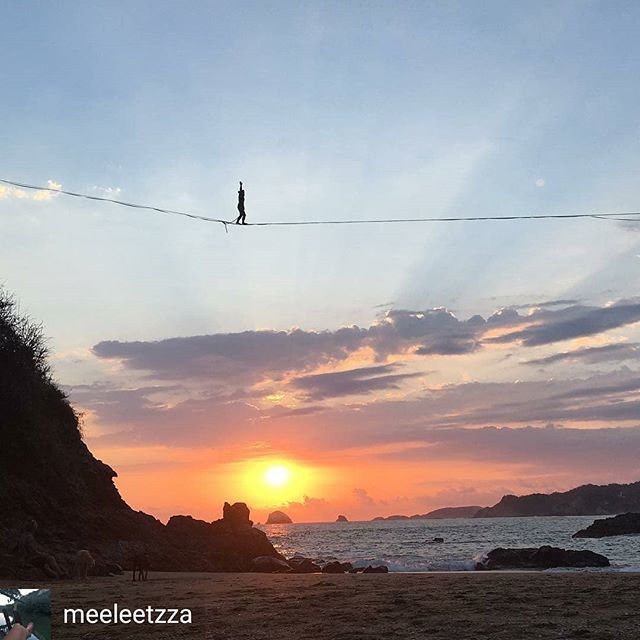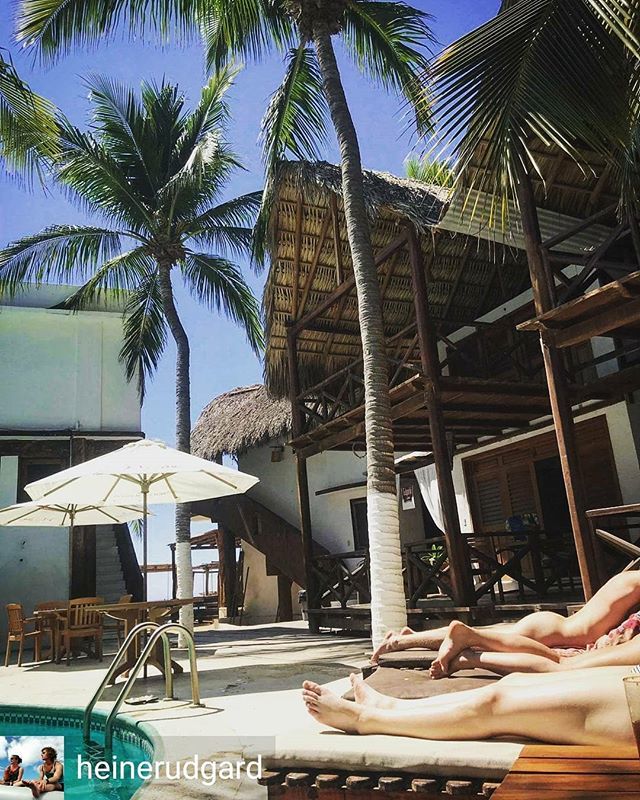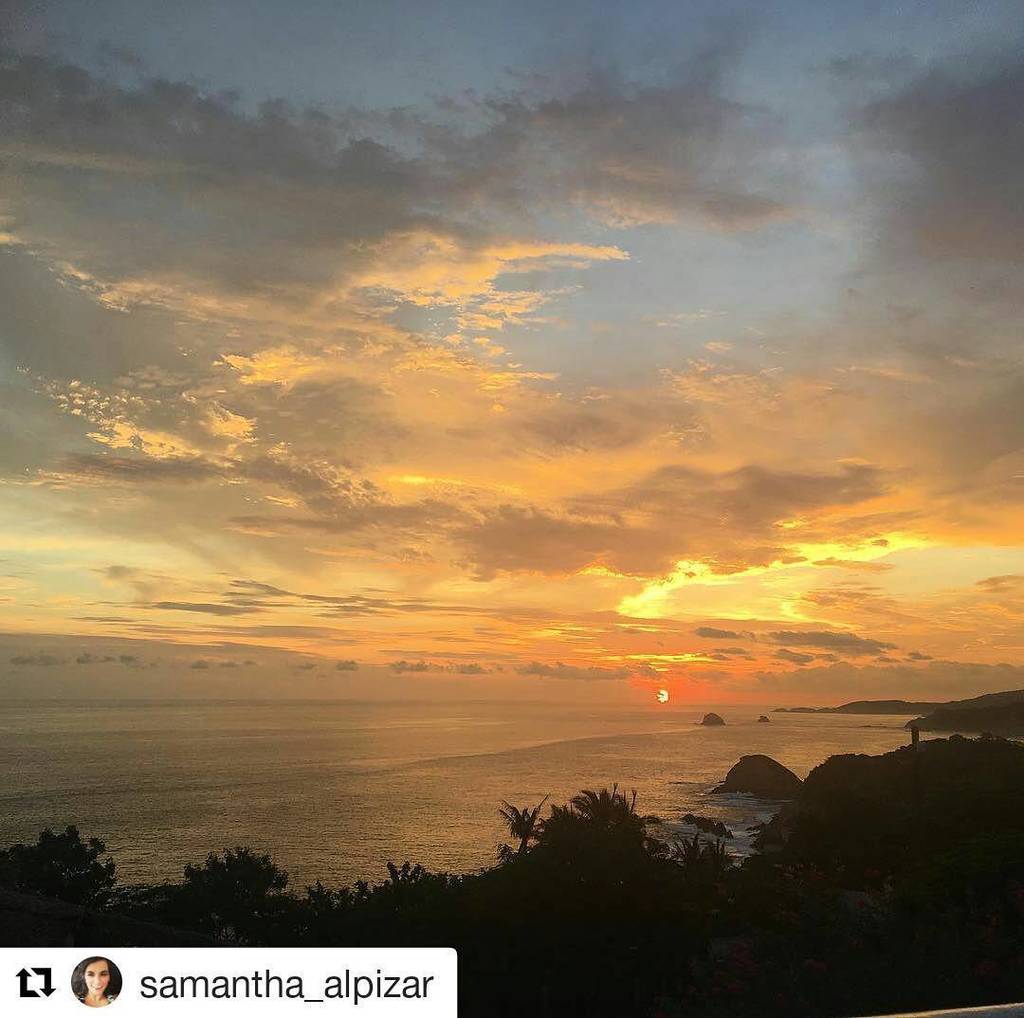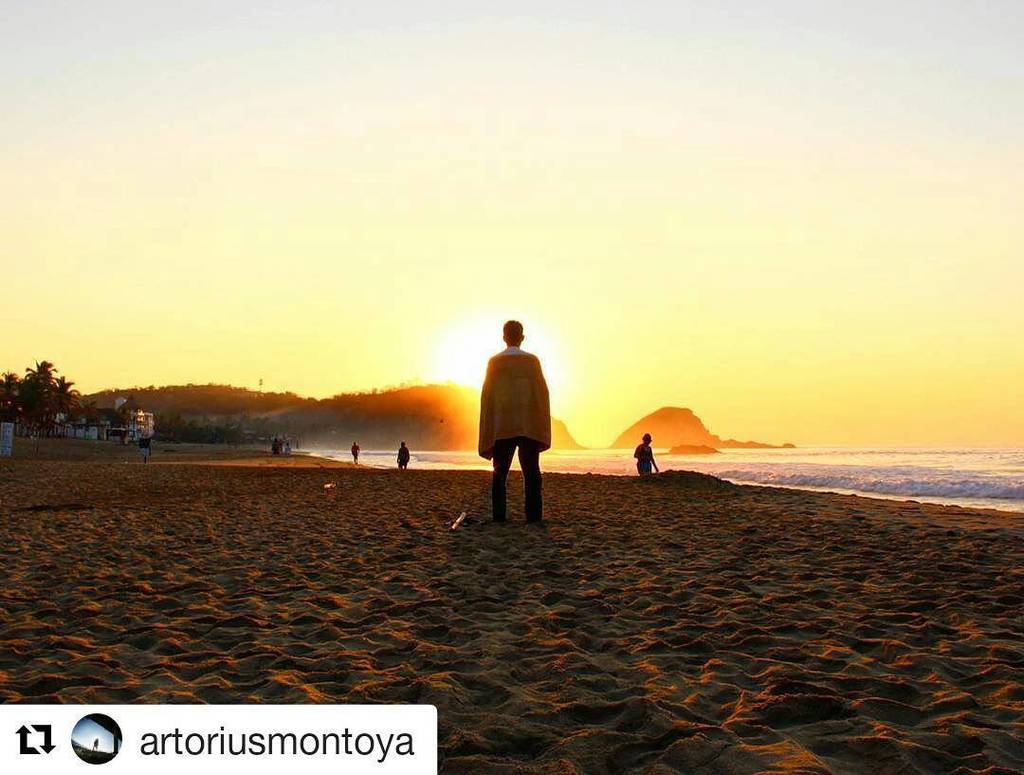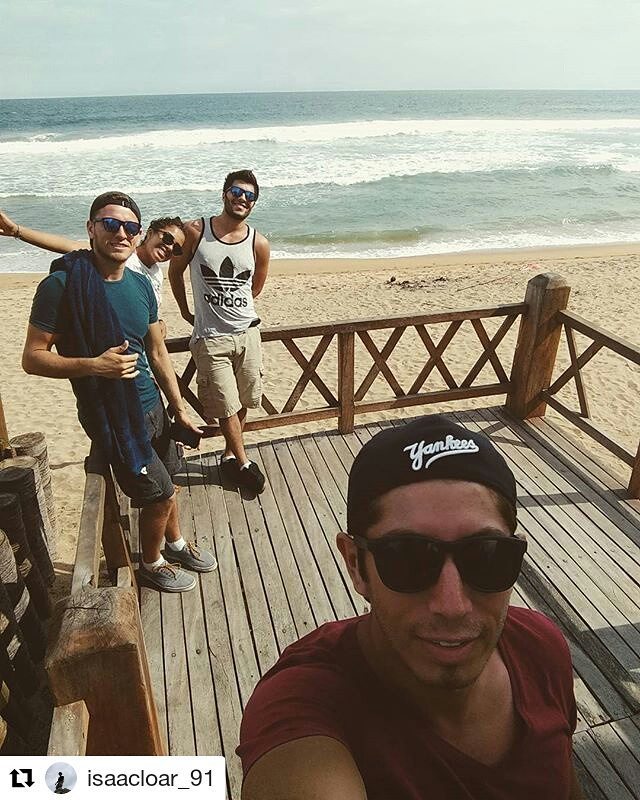Mexico’s Mezcal Is Taking Over The Globe And Here Are 17 Reasons Why

As the traditional Mexican saying goes: “For everything bad, mezcal. For everything good, mezcal”. The word mezcal comes from the Nahuatl mexcalli, which means “cooked agave”. This drink is one of the most popular spirits in the world. From the depths of Southwest Mexico, mezcal has conquered top shelves in the best bars in the planet, and has established itself as a Latin American alternative to whisky. Yes, Ashley Judd, we are with you!
Here are some facts you might not know about one of Mexico’s best gastronomic exports!
1. Mezcal is sort of like tequila, but not quite (it is kind of the classy, distinguished cousin!)

One of the biggest misconceptions about mezcal is that it is the same as tequila. They are not. The difference lays in three factors: the type of plant, the region that it comes from the production methods. Mezcal is made from up to 28 different varieties of agave, while tequila can only be produces using blue agave. Tequila comes from Jalisco, while mezcal comes traditionally from the state of Oaxaca and some regions of Guerrero and Michoacan. Last but not least: mezcal is produces using traditional methods, while tequila is now being mass manufactured.
2. Mezcal is as “organic” as it gets.

Mezcal was fully “organic” before the word started to be used as a marketing ploy. Most mezcal producers follow the traditional method of using in-ground pits. The agave hearts, or piñas, are slowly grilled over hot rocks in a cone-shaped pit. A fire burns for about 24 hours to heat the stones that line the pit. The piñas are put into the pit and then covered with moist agave fiber. The piñas are then cooked for two or three days. Wow.
We mean, just look at this. Can’t get more “organic” than that!
3. Mezcal production requires tons of patience: each agave plant takes up to a decade to grow.

These baby agaves (cute, right?) are being planted in the Gracias a Dios palenque (the term used for agave fields) in Oaxaca. It will take years of the proper irrigation, light conditions and care for them to grow into usable plants from the Tobala variety.
These ones took seven years to grow. That is 61,320 days. That is a long but worthy wait for an elixir that will take a few hours to be consumed!
4. These are the types of mezcal you can enjoy.

Just like any complex spirit, mezcal comes in different varieties. When you buy mezcal, you have to look out for the following words in the bottle:
- Type I: The Mezcal is made with 100% agave as a base. Some bottles simply read 100% agave.
- Type II: It has 80% agave and some other ingredients like cane sugar.
- White: A clear spirit that was aged for 2 months or less.
- Dorado: A white mezcal with added color.
- Reposado: been aged between two and nine months in wooden barrels.
- Añejo: indicates that it has been aged a minimum of 1 year, but usually as long as even 2 to 3 years.
- Joven: a young Mezcal, aged just for a few months.
5. Mezcals have a personal signature: yes, each maestro mezcalero has his own style.

When traditional mezcal makers, maestros mezcaleros, were approached by new companies to develop their product into something more marketable, differences between production methods began to be notices. This is why each mezcal maker has a signature style: how long the agave heads burn for, how much coal they use, how long the agave rests for… all of this gives each bottle a unique taste.
6. Mezcal is as complex as whisky.

Just like experts can identify whisky depending on the region where it is produced (some even claim to be able to taste the salty ocean waters of Scotland), mezcal provides overlapping layers of floral and smoky notes. The best way to discover these subtle bursts of flavor: let the mezcal cover your whole tongue.
7. The best way to drink it: sipping it, with orange slices and sal de gusano on the side.

Yes, the traditional and best way to enjoy it is with a side of sliced oranges and sal de gusano, which is a mix of salt, dry chili and crushed worms. Yes, it is heavenly.
8. The glorious state of Oaxaca is mezcal heaven.

Rural communities have been producing mezcal for decades. You can now book tours that take you to different regions of the state. You can really taste the terroir in every sip.
9. Oaxacan biodiversity sustains mezcal production.

Guess what? Mezcal is the product of a carefully balanced ecosystem. Mess with it, and we will have no more mezcal.
10. Mezcal producers fight against mass, mechanized methods.

Everything is artisanal when it comes to mezcal production. Look at these two gorgeous ladies bottling mezcal by hand. Producers argue that mechanization would only mean low quality. Here, here!
11. Not so long ago people bought mezcal by the gallon! (and some still do.)

For years, mezcal was considered a poor alternative to tequila. It was considered a cheap drink and it took decades for it to be introduced into urban nightlife and high end hospitality. People would buy it in bulk.
12. Mezcal can be good for your health (in moderation, of course.)

Mezcal helps with digestion (it is a great way to end a big meal) and helps regulate blood sugars. Of course, you have to drink it in moderation, no more that two drinks per day.
13. Mezcal made a huge comeback in the late 2000s, when it became a hipster thing in Mexico City.

Mexico City hipster culture is in big part responsible for the resurgence of mezcal. A big element of hipster life is finding more natural products, and mezcal is as natural as it gets. Mezcal has become a culinary cult with a following that has embellished it with amazing visuals.
And of course hipster cocktail masters all throughout the globe have made mezcal a staple of innovation.
14. The mezcal industry is a multimillion dollar affair.

Mezcal has expanded into the European and Asian markets at a fast pace. There are now 1,000 mezcal brands and Oaxaca just won a court case that determined that the spirit has appellation of origin rights, which means that it can only be produced in the region. Things are looking up!
15. Top chefs are just IN LOVE with mezcal.

This is what superstar Mexican chef Enrique Olvera told The Latin Times he would have as a last meal: “Either quesadillas, avocado tacos or a combination of both, a cold beer and some good mezcal”. The sweet kiss of death with a hint of smoky mezcal? We’ll that that!
16. The Breaking Bad duo is teaming up again to open a boutique mezcal label: Dos Hombres.

Yes. Brian Cranston and Aaron Paul had Breaking Bad fans hyperventilating at the possibility of an onscreen reunion, but they are doing something better (at least in our books): they are traveling Oaxaca in search of the perfect mezcal master to open their own label. Hell to the yes.
17. Not a drinker? Have a chocolate then!

Mezcal is now being used in creative ways by chefs and chocolatiers. These little bocaditos of sweetness look just amazing.














